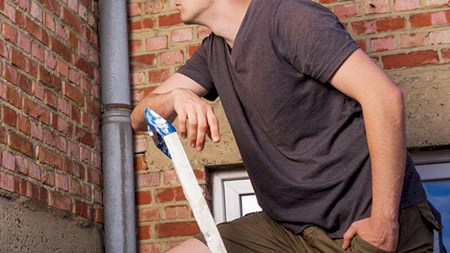Fatal building failures in South Africa, like the collapse of a new Tongaat shopping mall, will proliferate due to a lack of adequate policing of building standards and of building materials.
The Tongaat building collapse was likely caused by a combination of ineptitudes including:
Removal of support props too early before the concrete slabs were able to support their own weight. Props should be kept in place for a minimum of 10 to 14 days. Ideally an engineer should determine when it is safe to remove the props. At Tongaat at least two people were crushed by the falling concrete when the props were removed too early.
Weak concrete mix – using too little, or inferior, cement as a cost-saving exercise. Buying concrete from a reputable ready-mix company, in accordance with en engineer’s strength specifications, is the right way to go.
Incorrect or inadequate steel reinforcement – as a result of ignorance or in an attempt to cut costs.
Poor management of the concrete pour.
Many building sites are poorly policed by municipal building inspectors and by the NHBRC and as a result some builders and developers literally get away with murder. Unsafe and illegal electrical and hot water geyser installations result in regular fires and personal injury – often in domestic homes.
HouseCheck inspectors estimate that about 70% of domestic hot water geyser installations are not installed correctly and are unsafe. Many electrical certificates of compliance are also issued incorrectly and sometimes even fraudulently.
Other common safety issues often seen by home inspectors are the flouting of fire safety regulations in respect of roof cavity fire walls and the installation of fire-rated doors between a dwellings and inter-leading garages. The lack of a functioning auto-reverse on automated garage and driveway gates are are a huge safety risk – especially for children.
The widespread acceptance of wall and slab cracks as a normal occurrence is another indication of slipping building standards in South Africa. Such widespread cracking of housing units need not be the case if the regulations regarding soil classification, waterproofing and foundation footing design are properly followed.
While problem soils existing in all of the country’s metropolitan areas, soil classification and appropriate foundation and slab design would eliminate most wall and slab cracks. Instead, because the regulations are flouted by many builders and designers a high percentage of new housing units crack within the first few years – so much so that this level of cracking had become the “new norm”.


